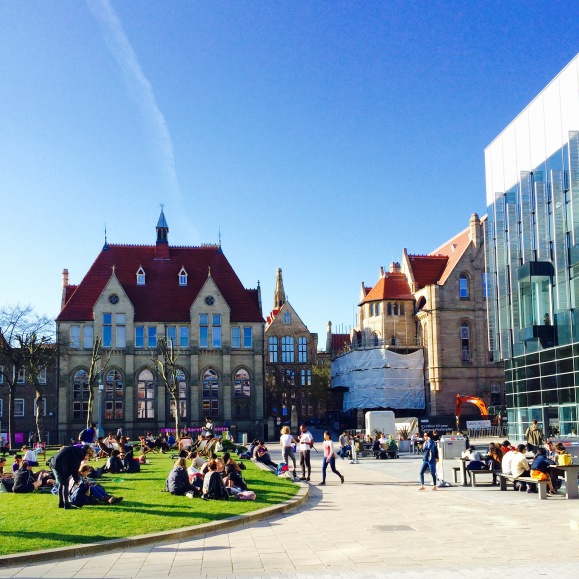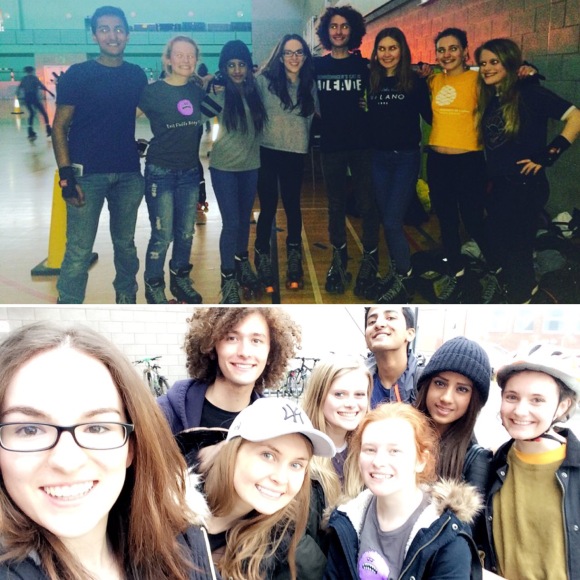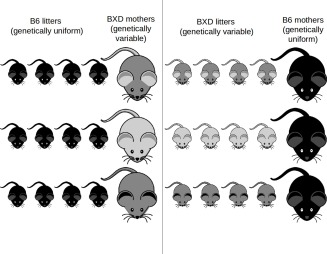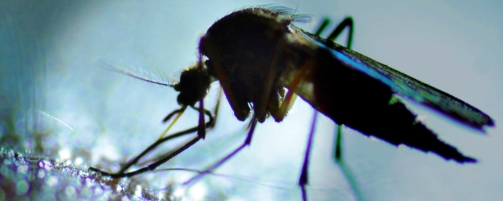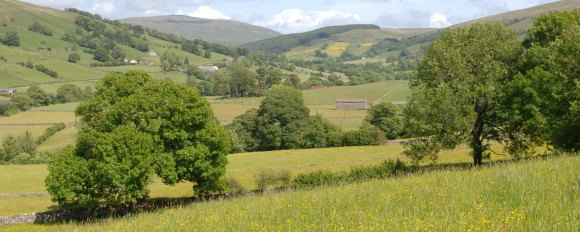Hey guys!
I literally can’t believe that the end of first year is in sight! Time is just flying by and I’m greatly stressed because my six exams are just around the corner. It certainly didn’t help that last week’s revision had to be put on hold, as Wednesday was the deadline for our Lab Reports that accompanied this semester’s set of labs. Tuesday night was certainly a late one filled with frantic texting in the group chats!! My report was on an experiment that involved extracting DNA from our cheek cells, finding out our genotype for the taste receptor TAS2R38, and researching how this affects the flavors we can detect. This means labs are DONE until the exam!! It felt so good to finish the practical side of them. After many celebratory jumps down the corridor, my tutorial group and a few others went to Big Hands (a pub opposite the Stopford Building – the main building for life sciences lectures and practicals) for some drinks in the sun. I say the word ‘sun’ lightly; we were slightly freezing to death on the roof terrace but hey, at least we tried!!
Scroll over photos to view captions:
The weather has actually been AMAZING these last few days. It reached 26 degrees, which for Manchester is incredible! The slightest bit of sun sees the student world descend to every inch of grass they can find on campus. The little ice cream vans that pop up by Stopford really make the walks home in the heat more bearable, as does the fact that Lidl is so close to Whitworth Park for impromptu picnics in the sun! The other day, me and a few life scientists did exactly that for a few hours. We were actually working on an entry for this cool competition the Faculty of Life Sciences was running, where you had to make a film about a famous scientist who went to The University of Manchester. We chose to make an animated film about Kathleen Mary Drew-Baker; a scientist who studied the life cycle of the seaweed Porphyra laciniata. Her research went on to save Japanese coastal communities from starving, after typhoons destroyed their seaweed plantations, so she really was an inspirational figure!
- Everyone stops uni work for a rare sight of the sun
- Drawings for our animated film!
My procrastination level also hit the roof the other day when me and Jaina went… skiing?! Admittedly this WAS a bad idea to do two days before my Lab Report was due (but hey, I got it in on time!!) and it was such a fun two hours at an indoor ski centre called Chill Factore, next to the Trafford Centre. I’d never skied before and I didn’t fall over once, so I was very proud of that!! In fact, over these past few weeks I feel like I’ve done many activities to improve my balancing ability: My friend Rachel and I went to the Northern Quarter for cocktails, which involved many hours balancing in our heels! – And another week the rock-climbers and I decided to go to a roller disco after a climbing session. After several face-plants and spectacular falls, it made for such a fun evening, and nicely added to the bruises we’d already sustained from climbing. It was actually free; one of the many activities the university had organized as part of an exam period De-stress Day.
- Skiing!
- Rock-climbers at the Roller Disco!
Speaking of cool things that I have been able to attend as a result of the university, I went to a seriously mind-blowing lecture organized by the Faculty of Life Sciences Society about CRISPR – a new gene editing technique, led by Professor Matthew Cobb, one of my lecturers from first semester. It’s pretty complex, but stay tuned, because this is going to revolutionize science!! For more information, you can listen to a BBC Radio 4 show he did about it here.
Anyway, aside from several fajita nights, Northern Quarter catch–ups, climbing sessions, and a night out with Rach to Revolution in Deansgate Locks, there have also been meetings with our new Programme Directors. Because… I officially became a Biologist!! It’s made me greatly excited about second year too because I really want to do a field course to somewhere amazing like Costa Rica. You might remember me saying from my last blog post that I had to pick a specialization, given that Life Sciences is only a one year course. It’s sad that we’re all splitting up, but given that I’m living with two of them next year, it’s not too bad! We’re also planning to go on a tutorial Black Milk outing after our final academic tutor session, which will be cute!
I also had my final three lectures today. It was sad, but the day was made special by 25 degree weather, the fact that I officially got my first job at Starbucks (FREE DRINKS YAY), and the spontaneous appearance of a Ferris Wheel outside Uni Place!! Only in Manchester, eh?
Scroll over photos to view captions:
Already I’m looking forward to the after exam celebrations. We’re going to the Life Sciences Ball, which is actually on the night of my last exam; so it will be a much needed celebration!! It’s Oscars themed and will be complete with a three-course meal and photo booth, so should be amazing!! The next night is the last Pangaea festival of the academic year. It’s carnival themed, and my flat-mates and I are already thinking about costumes – flower-crowns, tie-dye clothing, and lots of glitter are on the cards!
Well, this is my last blog post I’m writing for this year. I’ve enjoyed blogging so much! I love writing and it’s so nice to look back and remember what I did over the year. It’s been a fun, hectic, stressful and simply the most amazing year!! You don’t realise how much you will learn at university until you get here: whether it’s the confidence to try new things and meet new people, surviving away from home, to realizing how the science you learn in your textbooks actually translates into real life… Not to mention how to make the choice between more sleep, and the 9am lectures you paid £9,000 for!! 😉 It’s been a whirlwind of an adventure though, and I wouldn’t change it for the world.
And to all those picking Manchester as their first choice (the right choice that is!), see you next year!!
Rachel xxx



